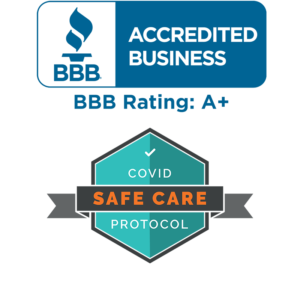
Fiber installations are the most prominent media for the transmission of the massive amounts of data over short, medium, and long distances. When it comes to fiber installations, some often-overlooked practices are fairly critical in maintaining a fiber run’s signal integrity.
Here are some best practices for installing fiber optic cable in buildings:
- Planning and design: Before installing fiber optic cables, it is important to have a clear plan for the cable pathways, number of fibers required, and the type of connector and termination required.
- Cable management: Proper cable management is crucial to ensure the cables are protected from damage and easy to access for maintenance purposes. The use of cable trays, conduit, or raceways is recommended.
- Installation techniques: Fiber optic cables must be installed with care to avoid damage to the delicate fibers. It is best to use experienced technicians and follow industry standards for installation, such as those set by the National Fire Protection Association (NFPA) and the Telecommunications Industry Association (TIA).
- Grounding and shielding: Grounding and shielding the fiber optic cables and equipment can help prevent interference and protect against electrical surges.
- Testing and certification: After installation, it is important to test the fiber optic cables to ensure they are functioning properly and meet industry standards. This includes end-to-end testing, optical loss testing, and visual inspection.
- Documentation: Keeping detailed documentation of the installation, including cable pathways, termination points, and test results, is important for future maintenance and troubleshooting.
- Maintenance: Regular maintenance of the fiber optic cable and equipment is important to ensure the cables are functioning properly and to extend the life of the system.
By following these best practices, you can ensure that your fiber optic cable installation is reliable, efficient, and compliant with industry standards.




